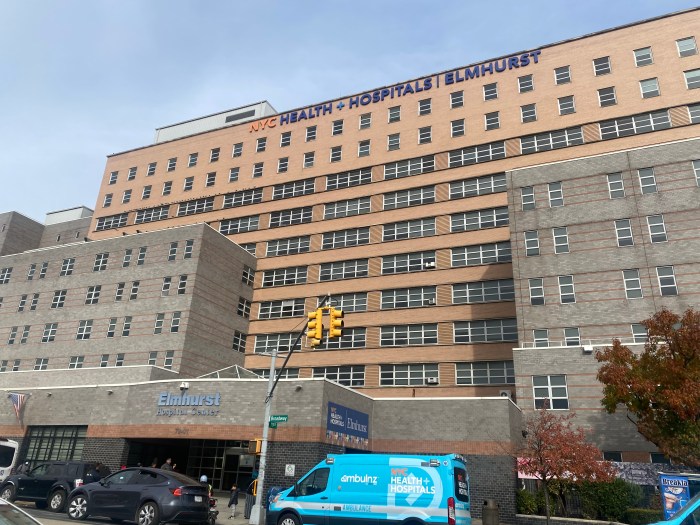Content Courtesy of New York Hospital Queens
Interventional cardiology specialists at the Heart & Vascular Center of New York Hospital Queens say that an innovative method they are using for some cardiac catheterizations is easier for patients, results in fewer complications and helps patients recover more quickly.
{Cardiac catheterization is a medical procedure to diagnose and treat certain heart conditions. A doctor inserts a thin plastic tube (catheter) into an artery or vein and the catheter is then advanced into the chambers of the heart or into the coronary arteries, so the physician can visualize the heart, examine blood flow to the heart and test how well the heart is pumping.}
• “Inserting the catheter into the patient via a small incision in the wrist, rather than in the leg artery in the patient’s groin area, can reduce the amount of bleeding after the procedure,” said Chong H Park, M.D., director of cardiology and director of the cardiac catheterization laboratory at NYHQ.
He also noted that patients who have the procedure through the leg artery are required to lie flat on their backs for several hours following the procedure to avoid serious bleeding, while patients who undergo catheterization via wrist access can get up and walk around immediately and can go home more readily. This is not only more comfortable for the patient, but helps reduce the length of hospital stay and thus, reduce costs.
“The advantage of radial (wrist) artery access is well recognized and supported by studies and literature,” he said.
Dr. Park noted that the wrist access procedure is done more routinely in other countries, and is performed in the U.S. primarily at leading heart centers such as NYHQ. “However, as physicians become more familiar with the benefits of wrist access, we expect to see it being used more often.”
Having this innovative approach available as an alternative to the traditional approach is part of the NYHQ Heart & Vascular Center’s commitment to offering advanced treatment modalities for patients. “It is important to recognize that this option may not be for everyone. Patients and their physicians can discuss which method is more appropriate on individual basis,” said Dr. Park, noting that patients always have options in their therapy, and NYHQ offers the most comprehensive cardiac therapies in Queens.



































